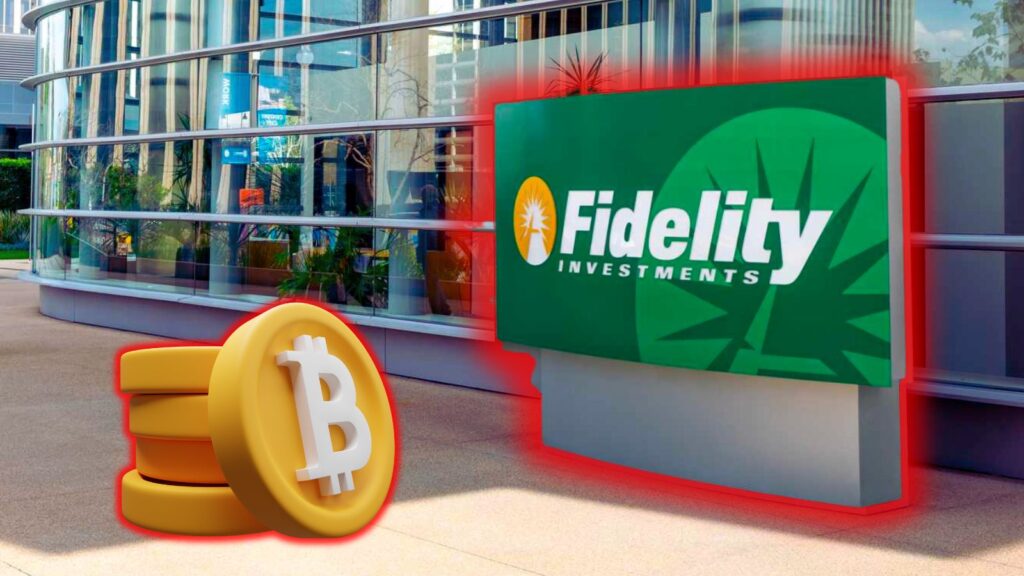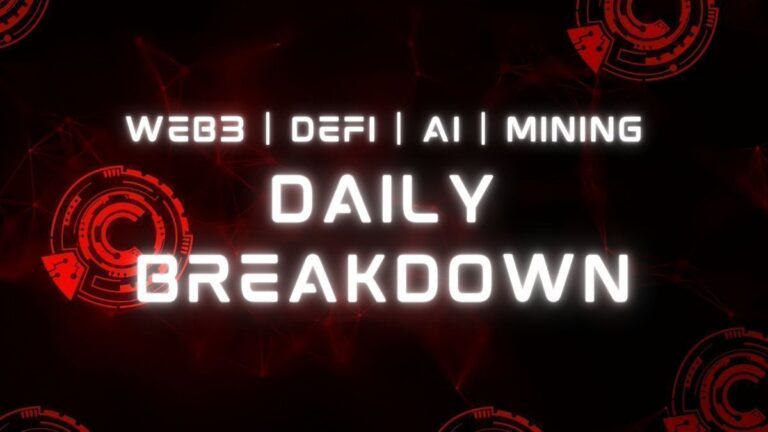
The Risks and Rewards of Bitcoin’s Open-Source Ethos
A recent report from Fidelity Investments highlighted “persistent criticisms” of Bitcoin, chief among them the risk that “a bug in Bitcoin’s code could render it worthless.” This is indeed a legitimate concern rooted in Bitcoin’s very DNA as an open-source project without centralized control.
As the report acknowledges, Bitcoin has experienced major bugs before, in 2010 and 2013, which caused significant technical issues before eventually being resolved. The transparency of Bitcoin’s code means vulnerabilities are open for all to see. This contrasts with traditional finance, where opaque and closed-source systems obfuscate risks even from regulators.
Yet Bitcoin’s radically transparent ethos also empowers users to analyze risks directly rather than trusting in fallible institutions. And open collaboration enables creative solutions that would never emerge from centralized systems. When crises hit, Bitcoin’s decentralized community has strong incentives to come together and resolve issues pragmatically in order to serve stakeholders’ collective interests.
This was demonstrated in the 2013 bug, which temporarily knocked some nodes offline. But Bitcoin’s transparency enabled rapid diagnosis of the problem. And decentralized stakeholders, including developers, miners and exchanges, coordinated efforts to downgrade software versions until a fix could be implemented. This cooperation preserved Bitcoin’s value and averted crisis.
The report rightly notes both sides of the coin when it comes to Bitcoin’s open-source model – vulnerabilities on the one hand, but also the capacity for evolution. Bitcoin moves slower than closed systems to implement changes. But its community-driven process makes it more resilient over the long run than if dependent on centralized intermediaries.
Looking ahead, risks certainly remain, but they are calculable. Bitcoin’s transparency allows independent analysis of code quality. And with ever more developers and institutions invested in Bitcoin’s maintenance and growth, there are more eyes watching for bugs and more resources to address them quickly.
If Bitcoin’s global and decentralized community can continue balancing pragmatic fixes when needed with steadfastness to its guiding principles, the future remains bright. For Bitcoin to fulfill its destiny, cooperation must at times edge out ideology for the greater good. With transparency and collective responsibility, Bitcoin’s open ethos can propel it to ever greater maturity and revolutionary impact.
Thank you for reading “Bitcoin’s Code Resilience and ETF Aspirations: Fidelity’s Stance“.
- Subscribe to our newsletter: ConsensusProtocol.org
- Follow us on Twitter: @ConsensusPro
Sources:
- Fidelity Investments: Analysis of Bitcoin’s code vulnerability and network resilience.
- CertiK: Insights on the current trend in token creation.
- Near Foundation and Polygon Labs: Details of the interoperability initiative.
- Binance: Information on the new Web3 wallet.
- LUKSO: Introduction of Universal Profiles.
- Ritual: Announcement of funding for AI decentralization.
- Scroll and Chainlink: Press release on the integration for DeFi.




